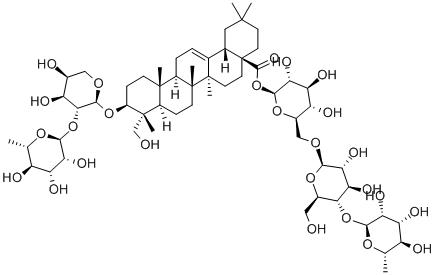-
Categories
-
Pharmaceutical Intermediates
-
Active Pharmaceutical Ingredients
-
Food Additives
- Industrial Coatings
- Agrochemicals
- Dyes and Pigments
- Surfactant
- Flavors and Fragrances
- Chemical Reagents
- Catalyst and Auxiliary
- Natural Products
- Inorganic Chemistry
-
Organic Chemistry
-
Biochemical Engineering
- Analytical Chemistry
- Cosmetic Ingredient
-
Pharmaceutical Intermediates
Promotion
ECHEMI Mall
Wholesale
Weekly Price
Exhibition
News
-
Trade Service
Pattern formation in developmental fields involves precise spatial arrangement of different cell types in a dynamic landscape wherein cells exhibit a variety of behaviors, such as cell division, cell expansion, and cell migration [Reddy (Curr Opin Plant Biol 11:88–931, 2008) and Meyerowitz (Cell 88:299–3082, 2007)]. The information is exchanged between multiple cell layers through cell–cell communication processes to regulate gene expression and cell behaviors in specifying distinct cell types. Therefore, a quantitative and dynamic understanding of the spatial and temporal organization of gene expression and cell behavioral patterns within multilayered and actively growing developmental fields is crucial to model the process of development. The quantification of spatiotemporal dynamics of cell behaviors requires computational tools in image analysis, statistical modeling, pattern recognition, machine learning, and dynamical system identification. Here, we give a brief account of recently developed methods in analyzing both local and global growth patterns in
Arabidopsis
shoot apical meristems. The computational toolkit can be used to gain new insights into causal relationships among cell growth, cell division, changes in gene expression patterns, and organ development by analyzing various mutants that affect these processes. This may allow us to develop function space models that capture variations in several growth parameters both at local/single-cell level and at global/organ level. In the long run, this may enable clustering of molecular pathways that mediate distinct cell behaviors.







